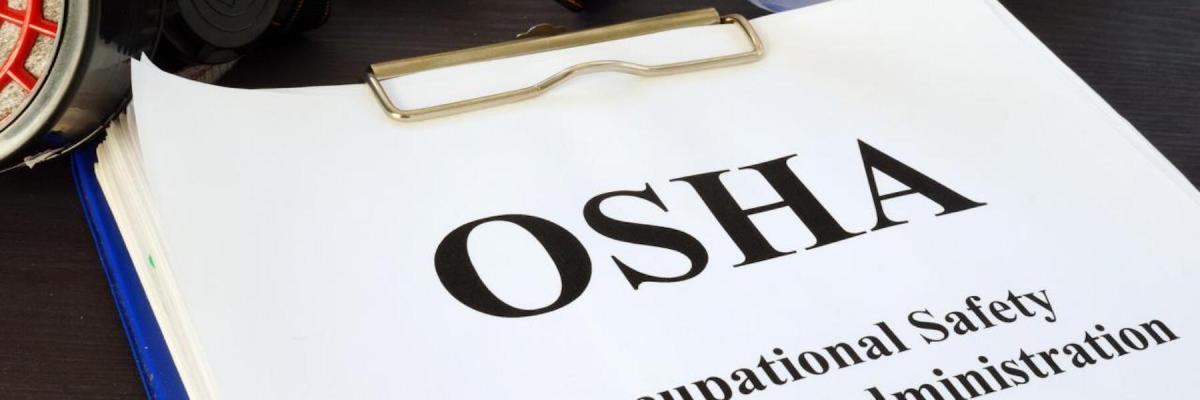
For many industries, OSHA inspections are a fact of life--but that doesn't necessarily mean you'll know what to expect during your first inspection. Here's what to know and to be as prepared as possible.
When Does OSHA Inspect for Workplace Safety?
Although OSHA is responsible for ensuring the safety of every U.S. workplace, in most cases the organization doesn't constantly check in on your work. (The exception is industries designated "high hazard," which are required to have regular inspections.) Instead, specific events trigger an OSHA inspection:
-
Pre-incident investigations: These inspections happen in response to imminent dangers, like unsafe workplace practices that could lead to death.
-
Post-incident investigations: If an incident occurs causing the death of an employee or the hospitalization of three or more employees, an OSHA inspection is required.
-
Complaint investigations: If an OSHA complaint is made against your workplace, the organization may follow up with an inspection.
Because most of these triggers can happen unexpectedly, it's best to prepare for OSHA inspections ahead of time through workplace safety training courses, helping everyone on your site brush up on regulations and expectations.
What to Expect From A Workplace Safety Inspection
Regardless of the trigger, OSHA workplace safety inspections generally have three parts: the initial conference, the walkaround, and the closing conference.
Initial conference
Meant to be quick and concise, the initial conference is when the inspector meets with representatives of both the employer and employees. The inspector will also check OSHA-required logs before beginning the walkaround.
Walkaround
The walkaround is the main portion of the inspection. During this stage, the OSHA inspector will note apparent violations, follow up on complaints, and speak privately with employees if necessary or requested. Employer and employee representatives join the inspector for the entire walkaround and are free to ask questions.
Closing conference
After the walkaround, the inspector gathers representatives for a closing conference. At this point, next steps will be discussed--including which hazards were identified, associated fines, and ideal solutions.
In conclusion, OSHA inspections are a fact of life for many industries--but these inspections still come with a fair number of questions and uncertainties. That's why it's best to know what to expect and be as prepared as possible ahead of time.
Looking to improve workplace safety? Contact us today to choose training courses that will help you navigate OSHA inspections with ease.
